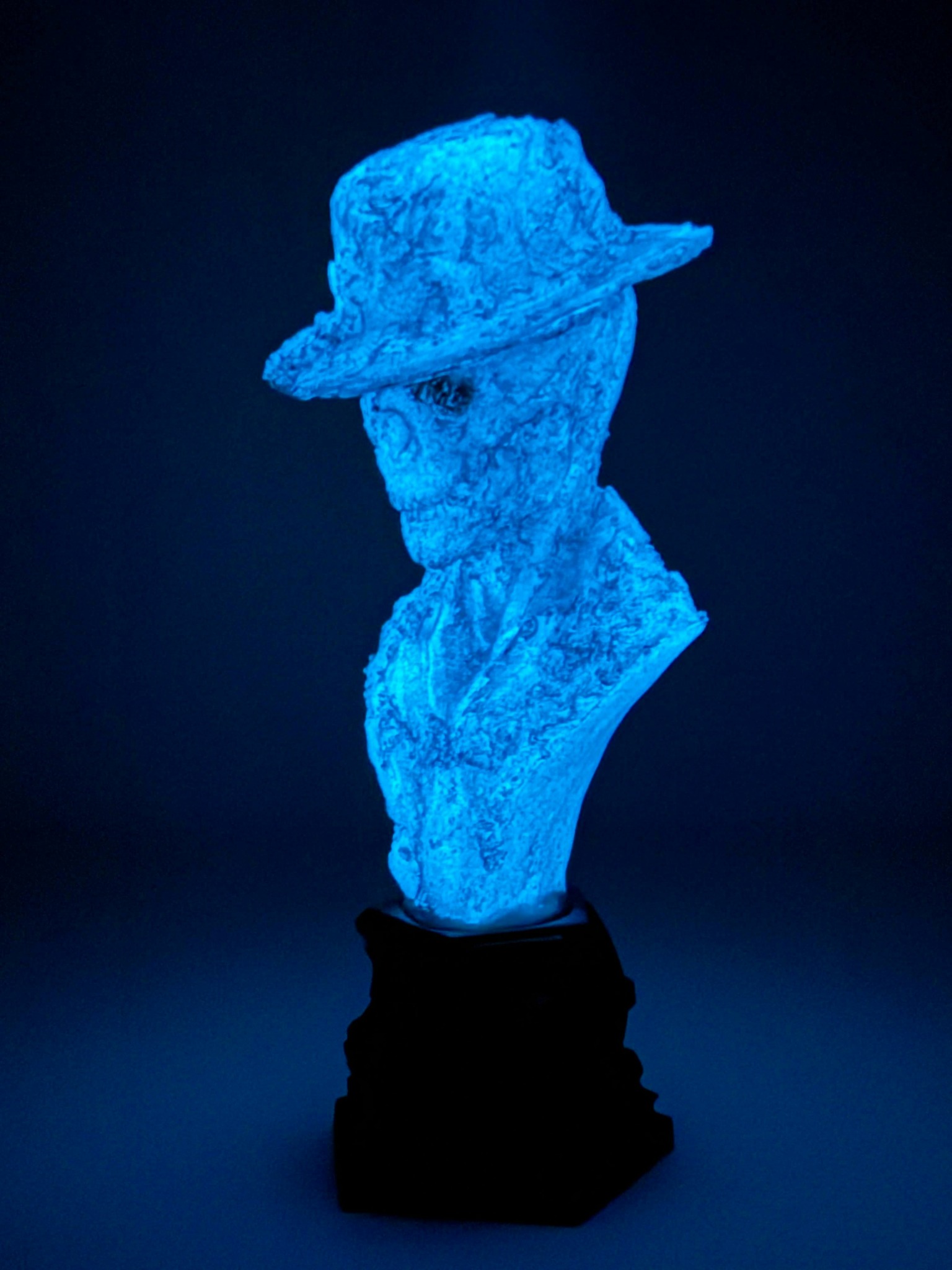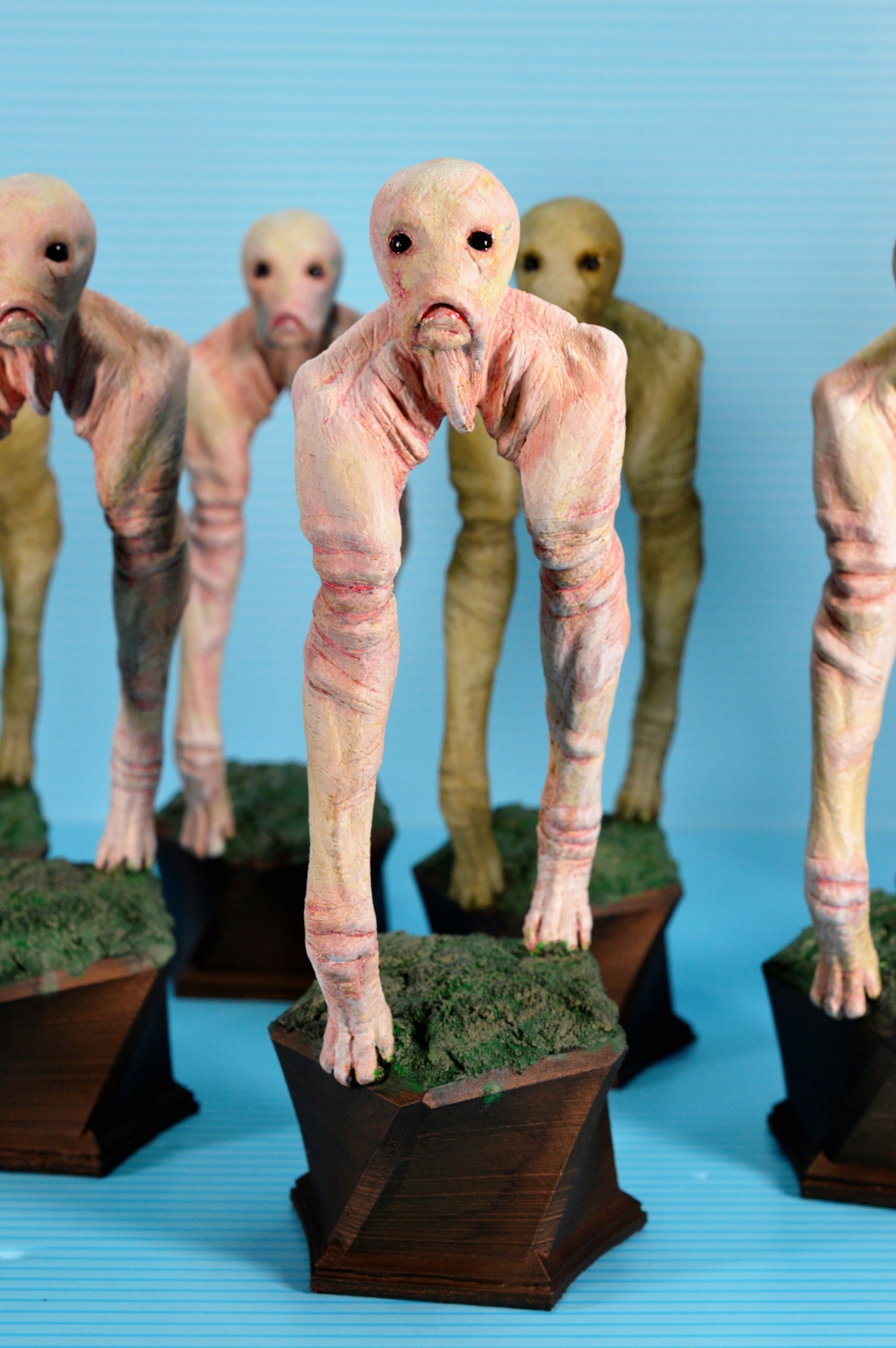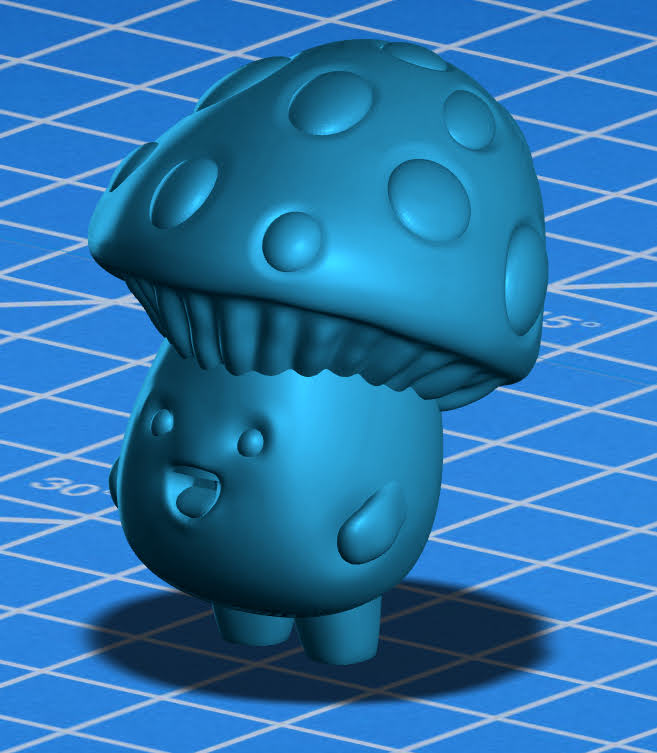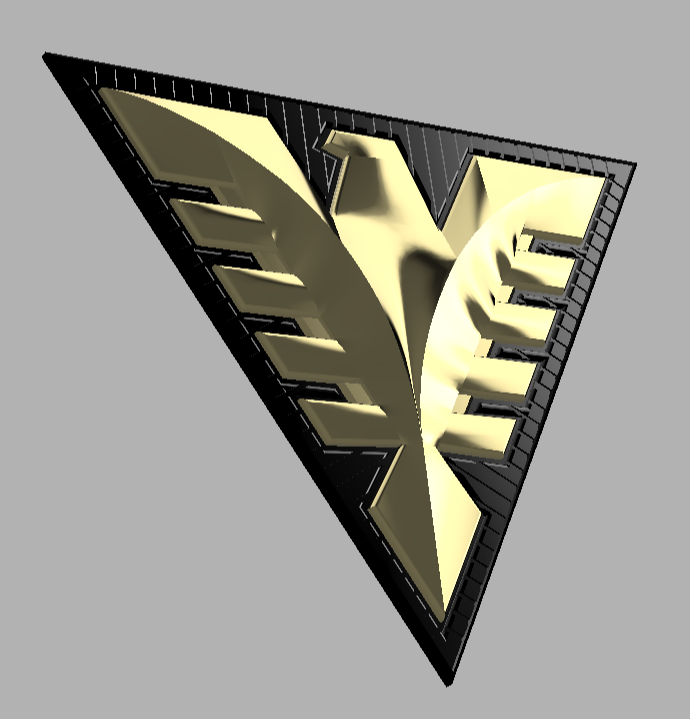We recently connected with Patrick Cupp and have shared our conversation below.
Patrick, appreciate you joining us today. Learning the craft is often a unique journey from every creative – we’d love to hear about your journey and if knowing what you know now, you would have done anything differently to speed up the learning process.
In college I majored in Sculpture, so I thought I would learn sculpture. But instead I learned fairly quickly I was not the best fit for art school, but I persisted. As it turned out sculpture classes were not learning to sculpt in the traditional sense that I was most interested in. Sculpture was taught in a much more conceptual way. So at night I spent my time in the computer lab reading and printing out binders full of information on figurative sculpting and mold making.
I decided to learn mold making primarily as a back up to sculpting, because I figured if I couldn’t make it as a sculptor I could at least do something with mold making. And I did, most of my career has been propelled by my ability to make molds and castings.
I don’t regret my time in college it taught me valuable problem solving skills, and really I think that’s one of the most valuable lessons that a college can teach.


Patrick, love having you share your insights with us. Before we ask you more questions, maybe you can take a moment to introduce yourself to our readers who might have missed our earlier conversations?
For as long as I can remember I was interested in making stuff. As a child growing up in the suburbs of Dallas I was even digging up holes in my parents yard because I had found pockets of clay that I was able to sculpt with.
Currently I solve a variety of issues for my clients. Some of my most recent projects have been; sculpting a companies mascot and 3D printing a dozen copies, molding and reproducing parts for a local toy company, and also designing original sculptures for my Etsy store Cupp Creations.
I’m very proud of my more recent paranormal sculptures since, like sculpting, I have been fascinated by the paranormal fro as long as I can remember. Some of the first books I ever read were UFO, and Bigfoot books I checked out from the library.


How can we best help foster a strong, supportive environment for artists and creatives?
This is big question. I don’t have any concrete physical, or economical ideas on how to answer this, but I do have a less material answer.
I think the biggest shift towards society respecting and supporting artists is a new way of thinking. Well perhaps not new, maybe just forgotten. I think society needs to realize that without art there would be no society. Society is art. Art is vital, it is essential. Without art and creativity we would just circle the drain of oblivion until the big flush.
Perhaps, if we took that view, that every person is an artist, then there would not be this great divide, and in turn people would see art as less of a novelty and more of a crucial element of what makes life worth living.


We’d love to hear the story of how you built up your social media audience?
Lighting. It’s all about lighting, and if it’s video then it’s also about good sound quality.
Too simple of an answer? How about have a point. Just like the Steve Martin meme, if your telling a story have a point.
I found myself with quite the following on Tiktok. While it may have been a fluke I like to attribute it to the fact that I edited every video, even though only a minute, into having a traditional narrative structure of a beginning, middle, and an end. That and I had good lighting.
Contact Info:
- Website: https://www.cuppcreations.com
- Instagram: cupp_creations
- Youtube: https://youtube.com/@cuppcreations?si=PX7w1ooGsq7oAeAh


Image Credits
Photos by me (Patrick Cupp)


